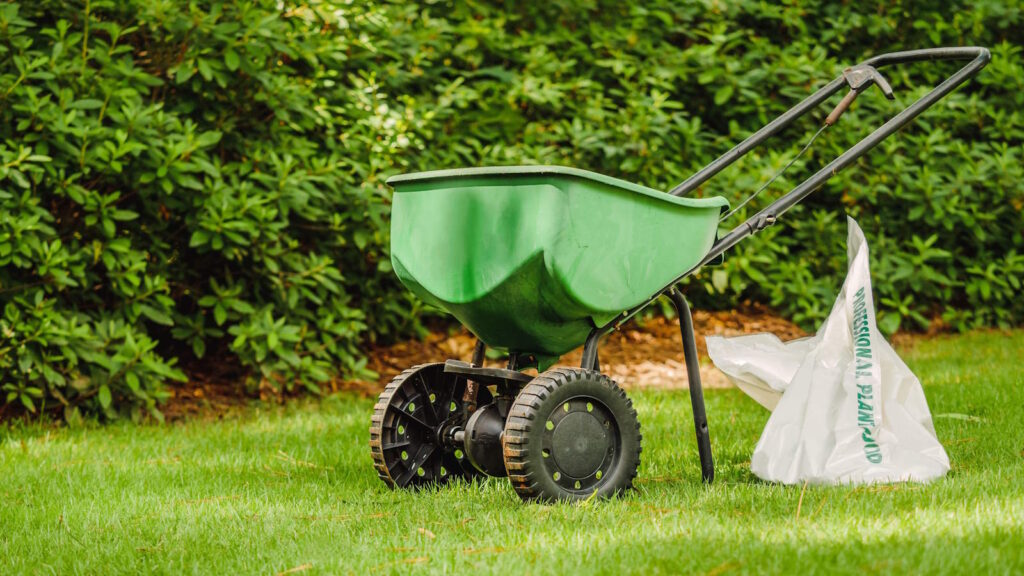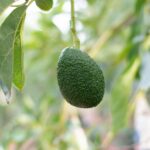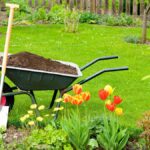Maintaining a lush, green lawn during the hot summer months can be challenging. The intense heat and increased foot traffic can stress your grass, making it more susceptible to damage and disease. One of the most effective ways to keep your lawn healthy is by using the right lawn food. This article explores the best lawn food for summer, ensuring your grass stays vibrant and resilient.
Understanding Your Lawn’s Needs
Before diving into specific products, it’s essential to understand what your lawn needs during the summer. The primary goals are to:
Promote Root Growth: Strong roots help the grass withstand drought and high temperatures.
Enhance Disease Resistance: A well-fed lawn is less susceptible to diseases and pests.
Maintain Green Color: Proper nutrition keeps your lawn looking lush and green.
Key Nutrients for Summer Lawn Care
Lawn food typically contains three main nutrients: nitrogen (N), phosphorus (P), and potassium (K). Each nutrient plays a vital role in lawn health:
Nitrogen: Promotes lush, green growth.
Phosphorus: Supports root development and energy transfer.
Potassium: Enhances overall health, drought tolerance, and disease resistance.
Best Lawn Food Options for Summer
Here are some of the top-rated lawn foods for summer:
Scotts Turf Builder SummerGuard Lawn Food with Insect Control
Key Benefits: This product not only provides essential nutrients but also protects against various pests. It contains 20% nitrogen for vibrant green growth and additional potassium to enhance stress resistance.
Application: Apply in mid to late summer, following the recommended dosage on the package.
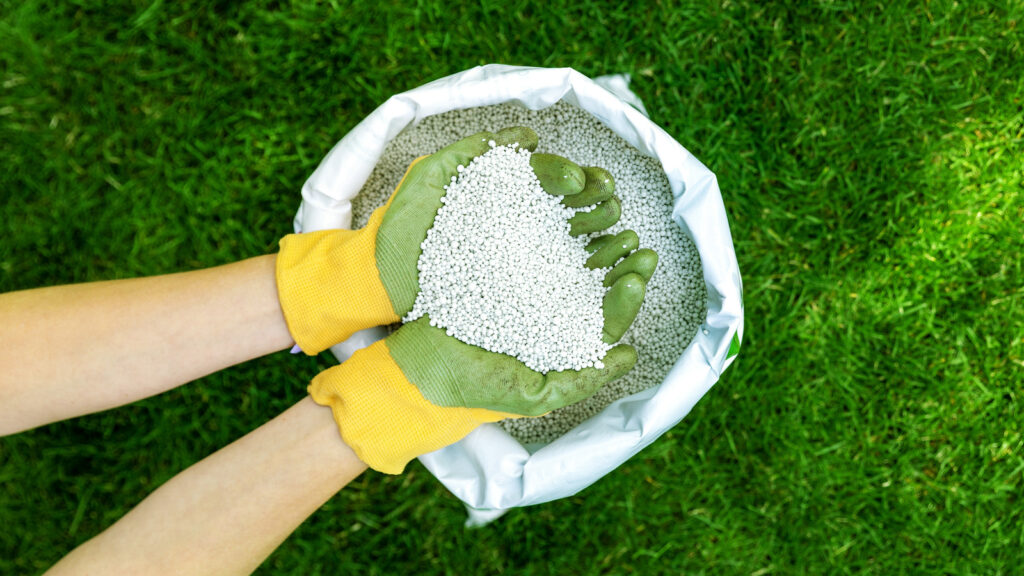
Milorganite 0636 Organic Nitrogen Fertilizer
Key Benefits: Milorganite is a slow-release, organic fertilizer that won’t burn your lawn even in extreme heat. It contains 4% iron, promoting deep greening without excessive growth.
Application: Safe to use throughout the summer. Apply every 8-10 weeks for best results.
Safer Brand 9334 Lawn Restore Fertilizer
Key Benefits: This product is organic and non-toxic, making it safe for kids and pets. It provides a balanced mix of nutrients that release slowly over time, ensuring steady growth.
Application: Apply three times per year, including a summer application, to maintain a healthy lawn.
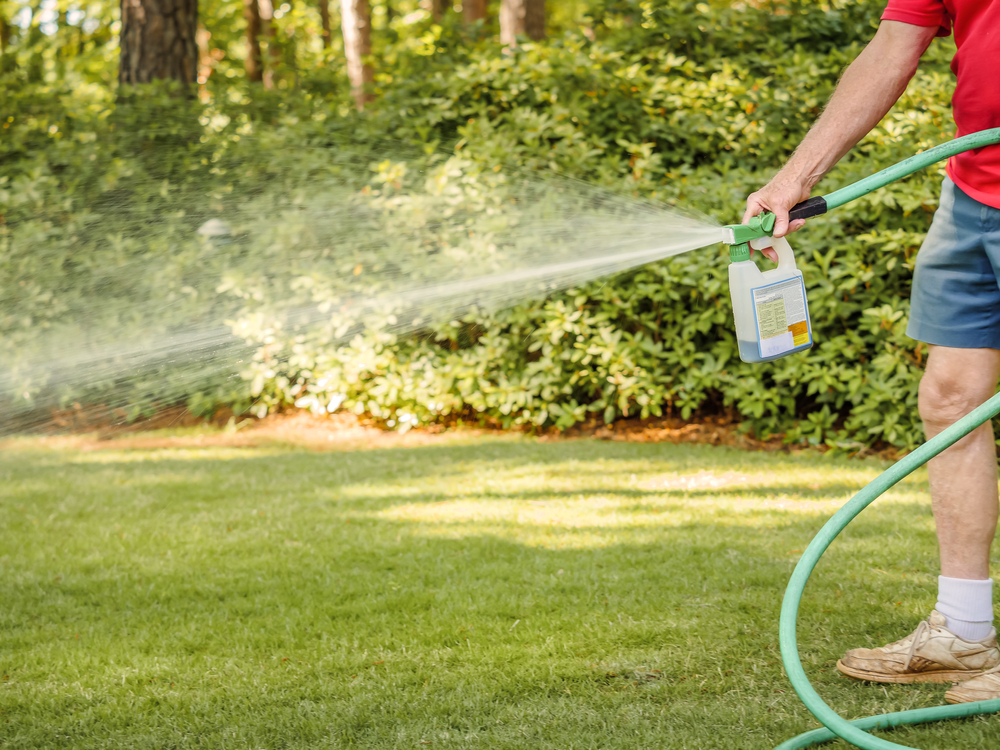
Jonathan Green Summer Survival Lawn Food
Key Benefits: Specifically designed for summer, this fertilizer helps lawns survive the heat and drought conditions. It has a 10-0-20 N-P-K ratio, focusing on potassium for stress resistance.
Application: Apply in early summer and reapply as needed, depending on weather conditions and lawn response.
Application Tips for Summer Lawn Food
Watering: Always water your lawn thoroughly after applying fertilizer. This helps dissolve the nutrients and allows them to reach the roots.
Timing: Apply lawn food in the early morning or late evening to avoid the hottest part of the day. This reduces the risk of burning your grass.
Spread Evenly: Use a broadcast spreader to ensure even distribution of the fertilizer. Uneven application can lead to patchy growth and nutrient imbalances.
Follow Instructions: Always follow the manufacturer’s instructions regarding the amount and frequency of application. Over-fertilizing can harm your lawn.
Choosing the right lawn food is crucial for maintaining a healthy, green lawn throughout the summer.
Products like Scotts Turf Builder SummerGuard, Milorganite, Safer Brand Lawn Restore, and Jonathan Green Summer Survival offer excellent options tailored for summer conditions. By understanding your lawn’s needs and following proper application techniques, you can enjoy a beautiful lawn all season long.
Common Lawn Problems in Summer and How to Address Them
In addition to using the right lawn food, being aware of common summer lawn problems can help you take proactive steps to keep your grass in top shape. Here are some issues you might encounter and how to address them:
Drought Stress
Symptoms: Grass turns brown and becomes brittle.
Solution: Water deeply but infrequently, ensuring the soil gets soaked to a depth of 6-8 inches. Water early in the morning to reduce evaporation.
Heat Stress
Symptoms: Grass appears scorched and dry.
Solution: Raise the mower height to allow grass blades to provide shade for the soil, reducing water loss and heat stress. Mulch clippings to add a layer of protection.
Weed Invasion
Symptoms: Unwanted plants compete with grass for nutrients and water.
Solution: Use a pre-emergent herbicide in late spring to early summer. Spot-treat visible weeds with a post-emergent herbicide, being careful to follow label instructions to avoid harming your lawn.
Pest Infestation
Symptoms: Visible damage from insects like grubs, chinch bugs, or armyworms.
Solution: Use a lawn food with integrated pest control, such as Scotts Turf Builder SummerGuard. For severe infestations, consider applying a specific insecticide.
Disease Outbreaks
Symptoms: Patches of discolored, dying grass, often caused by fungal infections.
Solution: Ensure proper watering practices and avoid over-fertilizing, which can promote disease. Apply fungicides if necessary, following product guidelines.
Organic vs. Synthetic Lawn Food: Which Is Better?
When choosing lawn food, you’ll encounter both organic and synthetic options. Each has its pros and cons:
Organic Lawn Food
Pros: Environmentally friendly, improves soil health, and reduces the risk of over-fertilization.
Cons: Slower nutrient release, may require more frequent applications, and can be more expensive.
Synthetic Lawn Food
Pros: Quick nutrient release, precise nutrient ratios, and often more affordable.
Cons: Can contribute to soil degradation over time, higher risk of burning the lawn if over-applied, and potential environmental concerns.
Best Practices for a Thriving Summer Lawn
To maximize the benefits of your chosen lawn food and maintain a healthy lawn, follow these best practices:
Regular Mowing: Keep your grass at the recommended height for its species. Avoid cutting more than one-third of the grass blade at a time to prevent stress.
Aeration: Aerate your lawn in the late spring or early summer to improve soil compaction and enhance root growth.
Soil Testing: Conduct a soil test to determine nutrient deficiencies and pH levels. Adjust your lawn care routine based on the test results.
Proper Irrigation: Water your lawn early in the morning, ensuring it receives about 1-1.5 inches of water per week, including rainfall.
Grasscycling: Leave grass clippings on the lawn to decompose and return nutrients to the soil.
A beautiful, healthy lawn in the summer requires the right balance of nutrients, proper care practices, and timely interventions to address common problems. By selecting the best lawn food for summer and following these guidelines, you can enjoy a vibrant, resilient lawn that enhances the beauty of your outdoor space.
Whether you choose organic or synthetic options, the key is to understand your lawn’s specific needs and provide consistent, thoughtful care throughout the season.
